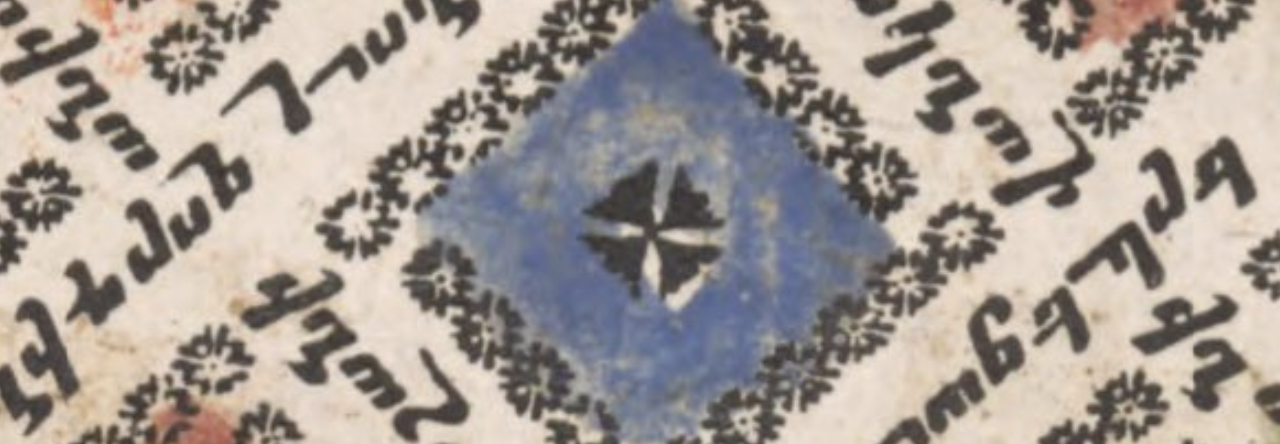A group of special collections comprised of hundreds of photographs, letters, scrapbooks, and other artifacts has recently been processed and is now available for the interested public to view at the Zohrab Information Center. The collections were processed by Linda Smith, a graduate student at Simmons University, pursing a degree in Archives Management, who is concurrently an archival intern at the Zohrab Center.
The collection includes over 125 years of materials that were donated over the years by various individuals.

The first series contains several small portrait photographs and photographic glass plates from Armenian photographers based in Constantinople/Istanbul in the late nineteenth and early twentieth century. These photographs and plates show various leaders, religious figures, and people at work or with their families, as well as various sites in Armenia and the former Ottoman Empire.


The second series consists of photographs and other personal artifacts from Zaven Melik-Shah Nazaroff, whose brother was Soss E. Melik. Both brothers were artists, but Soss’s renown far surpassed Zaven’s. Both brothers, their parents Efrem Melik Shah-Nazaroff and Maria Avanesov, and friends and family members are featured in photographs, and artwork from both brothers is photographed as well.


The next series is by far the largest and consists primarily of materials donated either by former diocesan employees or people active in the diocese. The contents document people and events related to the diocese, or were donated by people who thought the materials would be of interest to the diocese and those connected to it. The materials include photographs, photo albums, clippings, letters, postcards, certificates, and other documents.




The fourth series is the Ashjian family donation. Zovig Ashjian donated these photographs, which are primarily of her father, Fr. Arten Ashjian (1919–2016), who played an influential and leading role in the diocese throughout his long pastoral ministry, including at St. James in Watertown, MA (1955–1969) and as a teacher at St. Nersess Armenian Seminary.


The next series is the Joseph and Joyce Chorbajian donation. Joseph served on the original steering committee responsible for the construction of St. Vartan Cathedral. After the cathedral was operational, he served in many positions within the diocese. Several photographs show Joseph, his wife Armenouhie, and daughter Joyce throughout his life. Highlights of this donation include old passports of Joseph, Armenouhie, and Joseph’s mother Veronica and cards and letters congratulating Joseph for different honors bestowed upon him by the diocese and a banquet held in his honor on November 6, 1977.


The final series in this collection contains materials from the opening of the Zohrab Information Center on November 8, 1987 through its early years. There are several photographs from events that took place in St. Vartan Cathedral, the Zohrab Information Center, and nearby, including an assembly that took place outside the diocese seeking help and awareness for Armenians suffering from an Azeri blockade in the early 1990s.



These collections illustrate the experiences of Armenian people from the 19th and 20th centuries across the globe. It serves as an invaluable look into the lives and work of many Armenian people throughout history, especially those connected with the Armenian Church and Eastern Diocese. This collection is now available for visitors looking to conduct research or simply admire documents, artifacts, and photographs from the past. A searchable finding aid of the collection is available to view here.


 Acclaimed photographer Hrair Hawk Khatcherian will present his new, massive album entitled, Khatchkar [Խաչքար] at the Zohrab Center on Thursday, March 30 at 7PM in the Guild Hall of the Armenian Diocese in New York.
Acclaimed photographer Hrair Hawk Khatcherian will present his new, massive album entitled, Khatchkar [Խաչքար] at the Zohrab Center on Thursday, March 30 at 7PM in the Guild Hall of the Armenian Diocese in New York.







